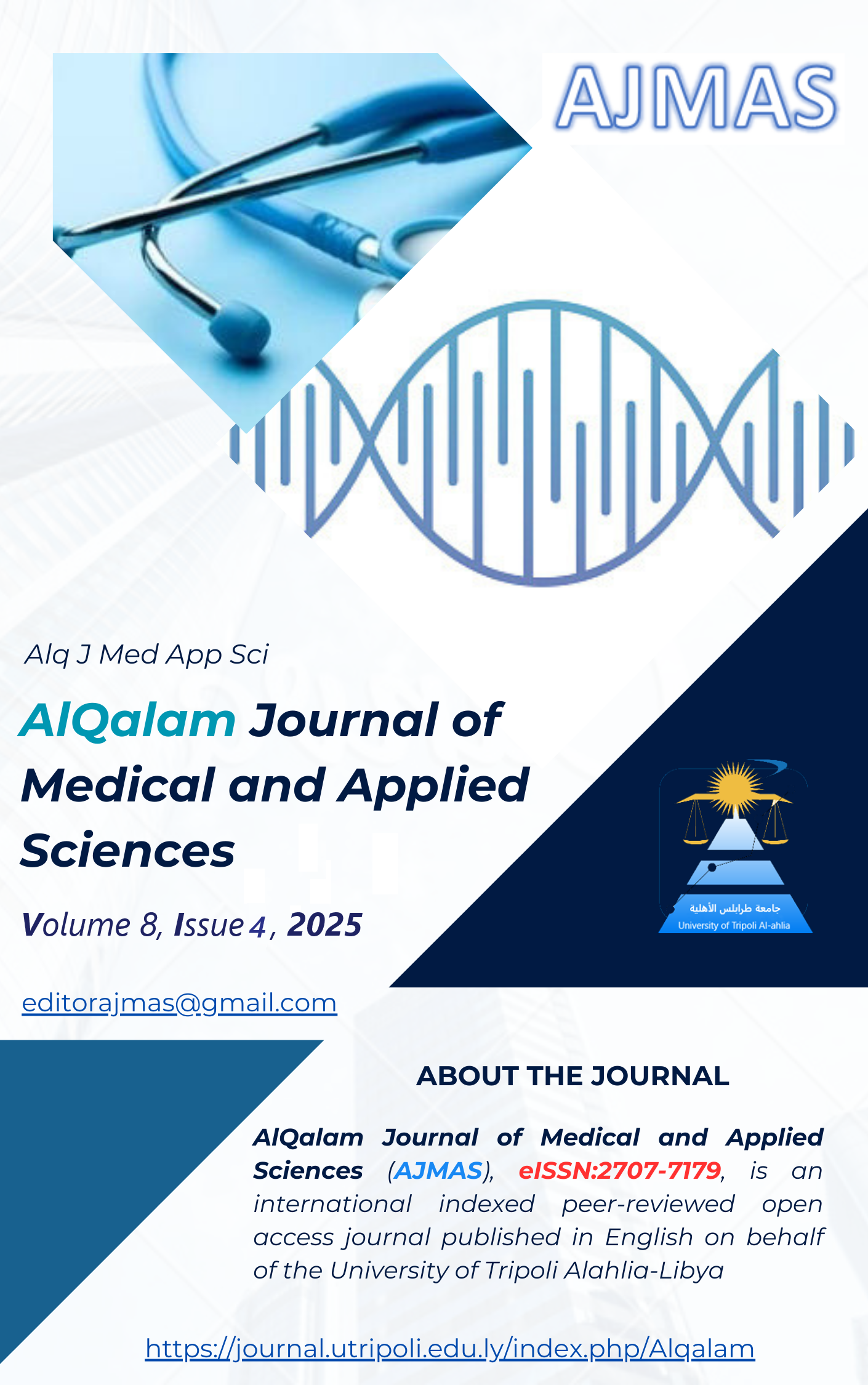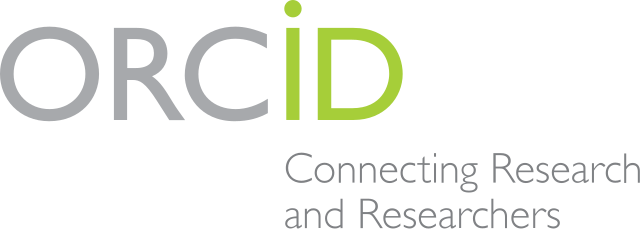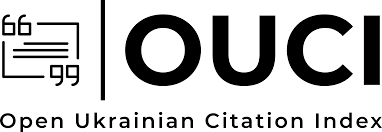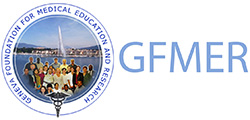Antibacterial Activity of Different Solvent Extracts of Rosmarinus officinalis and Artemisia herba-alba Against Pathogenic Bacteria
DOI:
https://doi.org/10.54361/ajmas.258433Keywords:
Rosmarinus officinalis, Artemisia herba-alba, Antibacterial Activity, Solvent Extracts.Abstract
This study investigated the antibacterial activities of solvent extracts from Rosmarinus officinalis and Artemisia herba-alba against four pathogenic bacterial species and three standard antibiotics. The results demonstrated that the antibacterial efficacy of plant extracts was strongly influenced by the type of solvent used. In R. officinalis, methanolic and ethanolic extracts exhibited significantly higher inhibition zones against Staphylococcus aureus, Streptococcus pyogenes, and Salmonella enterica (up to 14.10 ± 0.56 mm for S. aureus), while Escherichia coli showed minimal sensitivity. In contrast, the methanolic extract of A. herba-alba produced the highest antibacterial activity against all tested strains, particularly S. enterica (15.50 ± 0.46 mm), followed by the ethanolic extract, whereas the acetone extract showed the least activity. Methanolic extracts suggest that methanol is the most efficient solvent for extracting bioactive compounds, including phenolics, flavonoids, tannins, and saponins, which are known to contribute to antimicrobial activity. The weaker performance of acetone may be attributed to its limited ability to dissolve polar phytochemicals. The results also indicated that Gram-positive bacteria were generally more susceptible to the extracts than Gram-negative species, likely due to structural differences in their cell walls. Antibiotics, such as amoxicillin, showed no inhibitory effect against any of the tested bacteria, indicating complete resistance, while ciprofloxacin exhibited the strongest activity across most strains, followed by doxycycline, which showed moderate effectiveness. The statistical analysis (p = 0.00) confirmed significant differences among treatments
Downloads
Published
How to Cite
Issue
Section
License
Copyright (c) 2025 Maryam Alsaliheen

This work is licensed under a Creative Commons Attribution 4.0 International License.















